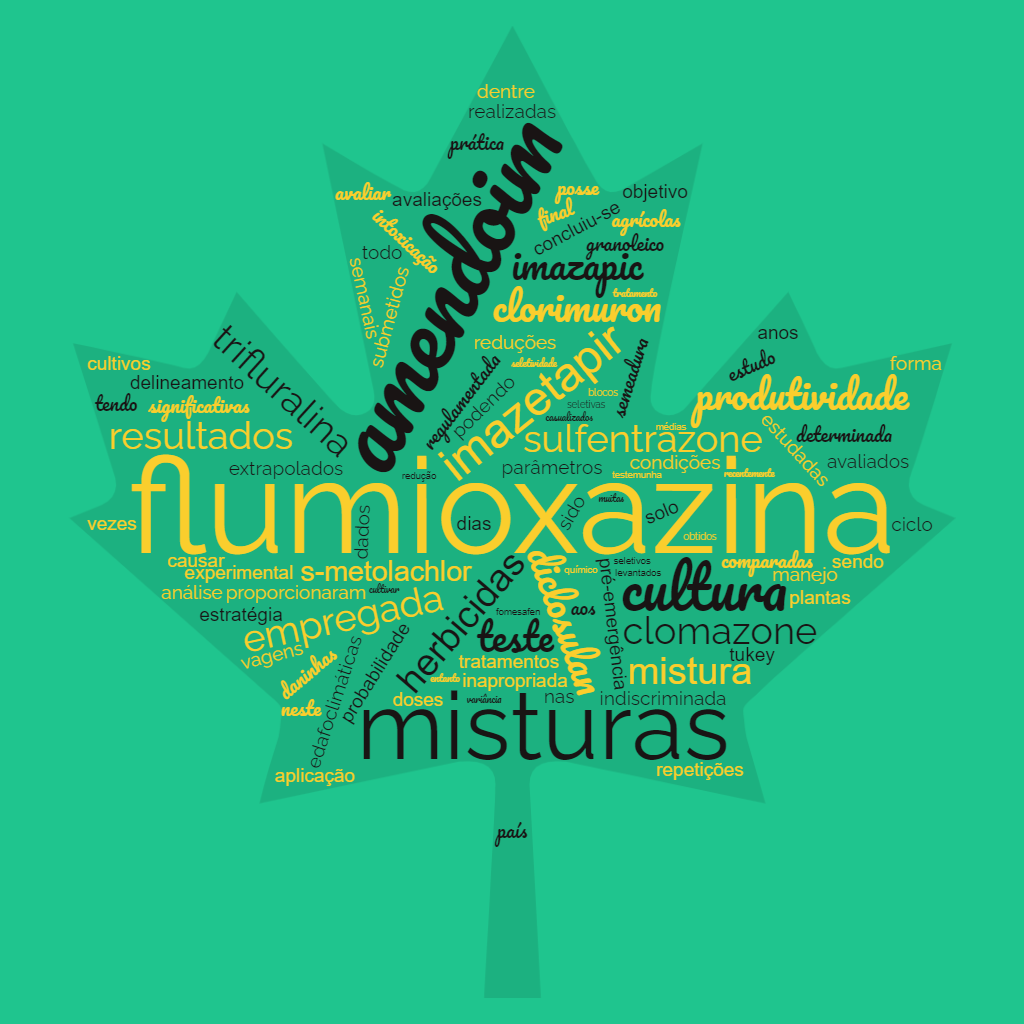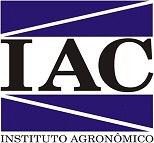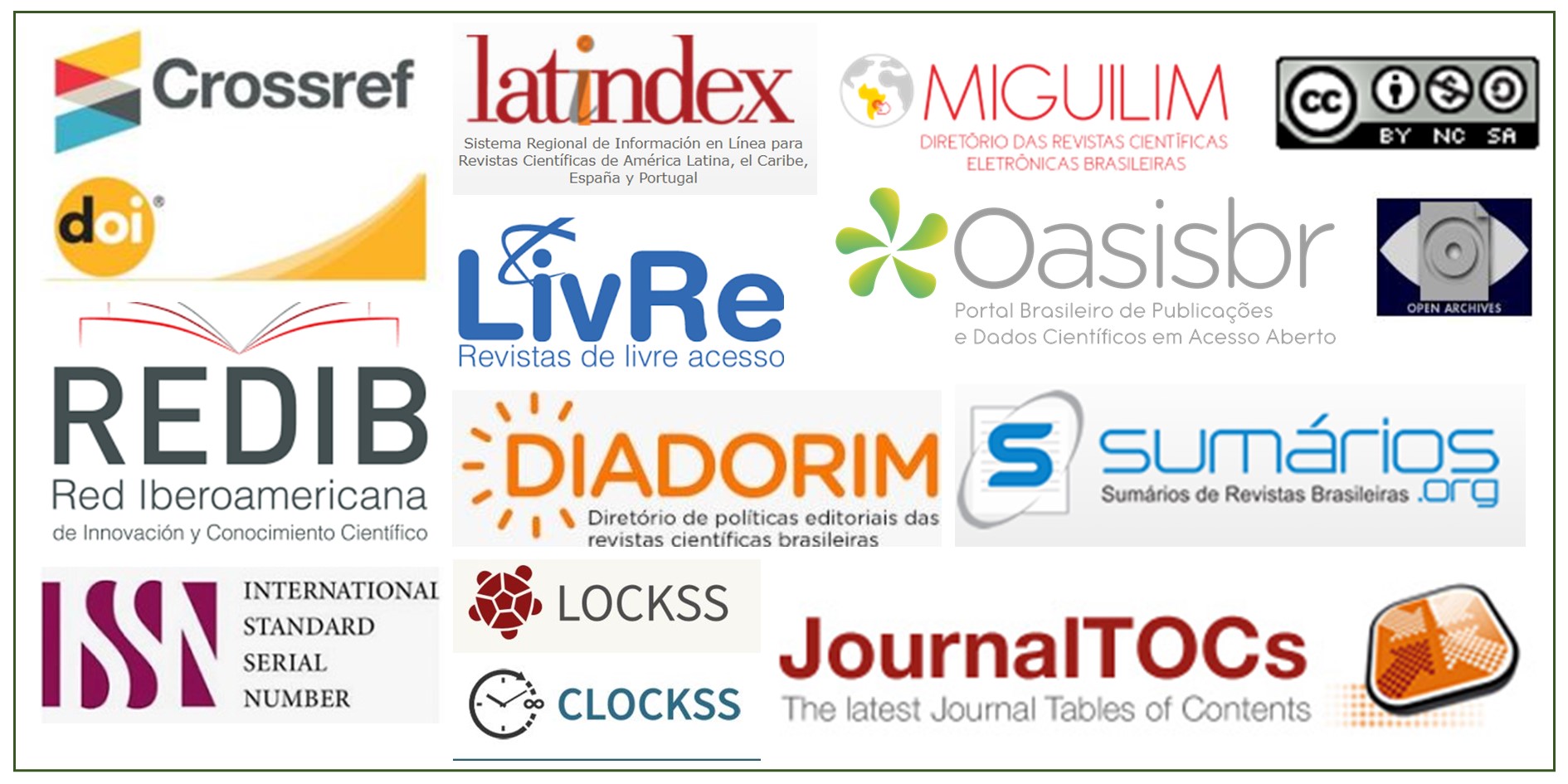Mixture of herbicides in peanut crops
DOI:
https://doi.org/10.52755/sas.v2iedesp1.154Keywords:
Arachis hypogaea L.; chemical control; intoxication; management; productivity.Abstract
The mixture of herbicides in agricultural crops is a weed management strategy that has been
employed for many years throughout the country. However, it is a practice that was recently
regulated, so it has often been employed indiscriminately and inappropriately. Therefore, this work aimed to evaluate the selectivity of herbicide mixtures applied in pre-emergence on the
peanut crop, cultivate Granoleic. The experimental design was in randomized blocks, with 13
mixtures of herbicides applied in pre-emergence and a control (without chemical treatment),
with 4 repetitions. Throughout the experimental period, weekly evaluations of peanut
intoxication were performed from 7 to 84 days after application of the mixtures. At the end of
the peanut cycle (140 days after sowing) pod productivity was determined and the data
extrapolated to kg ha-1. The results were submitted to variance analysis using the F test, and
the means were compared using the Tukey test at 5% probability. Among the treatments and
parameters evaluated, it was found that the mixtures of flumioxazin + chlorimuron,
sulfentrazone + imazetapyr and sulfentrazone + clomazone provided significant reductions of
all parameters. In possession of the results raised in this study, it was concluded that the
mixture of the herbicides diclosulan + s-metolachlor, diclosulan + trifluralin, diclosulan +
imazetapir, flumioxazin + imazetapir and flumioxazin + imazapic is selective for peanut crop. At
the doses, soil type and edaphoclimatic conditions studied, the mixtures of flumioxazin +
trifluralin. flumioxazin + s-metolachlor, fomesafen + s-metolachlor, diclosulan + imazapic,
imazetapir + flumioxazin, sulfentrazone + imazetapir, flumioxazin + chlorimuron and
sulfentrazone + clomazone are not selective for the crop, and may cause losses of up to 56% in
peanut productivity.
Downloads

Downloads
Published
How to Cite
Issue
Section
License
Copyright (c) 2021 Gabriel Ranchert Marques, Willians César Carrega, Ana Eliza Piazentine, Pedro Luís da Costa Aguiar Alves

This work is licensed under a Creative Commons Attribution-NonCommercial-ShareAlike 4.0 International License.
Autores concordam com os seguintes termos:
a) Os autores mantêm os direitos autorais e concedem à revista o direito de primeira publicação, com o trabalho simultaneamente licenciado sob a LicençaAttribution-NonCommercial-ShareAlike 4.0 International, que permite o compartilhamento do trabalho com reconhecimento da autoria e publicação inicial na Revista SAS. A licença permite o uso, a distribuição e a reprodução irrestrita, em qualquer meio, desde que devidamente citada a fonte. Essa licença permite também que outros remixem, adaptem e criem a partir do seu trabalho para fins não comerciais, desde que atribuam a você o devido crédito e que licenciem as novas criações sob termos idênticos.
b) Não cabe aos autores compensação financeira a qualquer título, por artigos ou resenhas publicados na South American Sciences.
c) Os conceitos expressos nos artigos publicados na South American Sciences são de inteira responsabilidade de seus autores.








